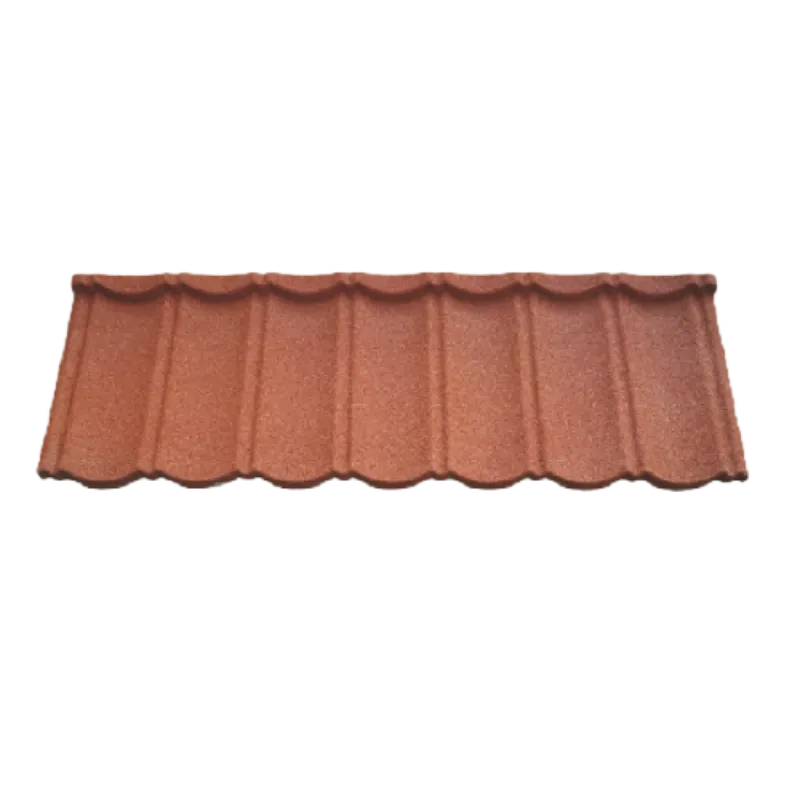
Oct . 02, 2024 04:41 Back to list
Guide to Installing Asphalt Roof Shingles Effectively and Efficiently
A Comprehensive Guide to Asphalt Roof Shingles Installation
Asphalt roof shingles are one of the most popular roofing materials due to their durability, affordability, and ease of installation. This guide will provide you with step-by-step instructions for installing asphalt shingles, ensuring that your roofing project is a success.
Materials Needed
Before starting, gather the necessary materials and tools - Asphalt shingles - Roofing felt (underlayment) - Roofing nails - Cement (for sealing) - Flashing (for edges and protrusions) - A utility knife - A hammer - A chalk line - A ladder - Safety gear (gloves, goggles)
Step 1 Prepare the Roof Surface
Begin by inspecting your roof's surface. It should be clean, dry, and in good condition. Remove old shingles if you are performing a replacement, and check for any signs of damage to the roofing deck. Replace any rotting or damaged wood to ensure a solid foundation for your new shingles.
Step 2 Install Underlayment
Laying down an underlayment is essential to provide an extra layer of protection against moisture. Roll out roofing felt over the entire area, starting from the bottom of the roof and working your way up. Overlap each row by at least 4 inches to ensure water runs off correctly. Secure the felt with roofing nails, placing them every 12 inches along the edges and spaced evenly across the surface.
Step 3 Install Starter Shingles
Starter shingles are crucial as they create a seal and ensure proper alignment for the next rows. Cut down a shingle into strips that are about 6 inches wide. Starting from a corner, align the starter shingles along the bottom edge of the roof. The first starter shingle should hang over the edge by about half an inch. Secure them with roofing nails, placing them about 6 inches apart.
Step 4 Lay the First Course of Shingles
asphalt roof shingles installation

Begin laying the first full course of shingles directly above the starter shingles. Align the bottom edge of the shingles with the starter course. The first shingle should also overhang the edge by about half an inch. Nail down the shingles using four nails per shingle two near each end and two spaced evenly in between. Be careful not to nail through the top edge where the next row of shingles will overlap.
Step 5 Continue Shingle Installation
As you move up the roof, stagger your shingles. This means that the cuts of each row should not align directly with those below it, which helps improve the roof's resistance to moisture penetration. Follow the manufacturer's instructions for the specific overlap measurements required for your shingle type, typically around 5 to 6 inches.
Step 6 Install Flashing
Flashings are used around vents, chimneys, and other roof protrusions to prevent water from seeping into the roof. Cut the flashing to size and install it under the shingles, securing it with roofing nails. Ensure that the edges are tightly sealed, and apply roofing cement to any potential gaps.
Step 7 Finish the Top Row
When you reach the top of the roof, you may need to trim the last row of shingles to fit. Measure carefully, and make sure the final shingles are secured with nails. Again, use roofing cement in any vulnerable areas to prevent leaking.
Step 8 Clean Up and Inspect
Once all the shingles are installed, inspect your work for any exposed nails or missed areas that need sealing. Clean up any debris and store leftover materials for future repairs. It’s advisable to perform a final inspection after a heavy rain to check for leaks or issues.
Conclusion
Installing asphalt roof shingles may seem daunting, but with the right tools, materials, and careful attention to detail, you can achieve a professional-quality roof yourself. Always prioritize safety and consult with a professional if you are inexperienced or unsure about any part of the installation process. A well-installed roof can last up to 30 years, enhancing the longevity and value of your home.
-
Stone Coated Metal Roof Tile-Nosen Tile: Durable & Stylish Roofing
NewsJul.23,2025
-
Durable Tiles Made of Clay for Modern Cladding Solutions
NewsJul.22,2025
-
Stone Coated Roman Tile Metal Roofing - Durable & Elegant
NewsJul.22,2025
-
Premium Roofing Granules for Sale - High Durability & Cost-Saving
NewsJul.21,2025
-
Durable Laminated Shingles for Weather-Resistant Roofing
NewsJul.21,2025
-
Rubber Roofing Shingles - Durable & Weatherproof SBS Rubber Asphalt Shingles for Homes & Businesses
NewsJul.08,2025







